If you are planning a trip to Paris, how do you decide what to do? There are the places that people dream about visiting on their first visit to Paris, like the Eiffel Tower and the Louvre, but there are also neighborhoods to explore and new foods to try. This Paris bucket list contains 12 of the best experiences you can have in Paris.

Without a doubt, the Eiffel Tower is one of Paris’ most recognizable landmarks. For many people, it’s thrilling the first time you see the Eiffel Tower. And for first-timers, a visit to Paris would not be complete without a trip up the Eiffel Tower.
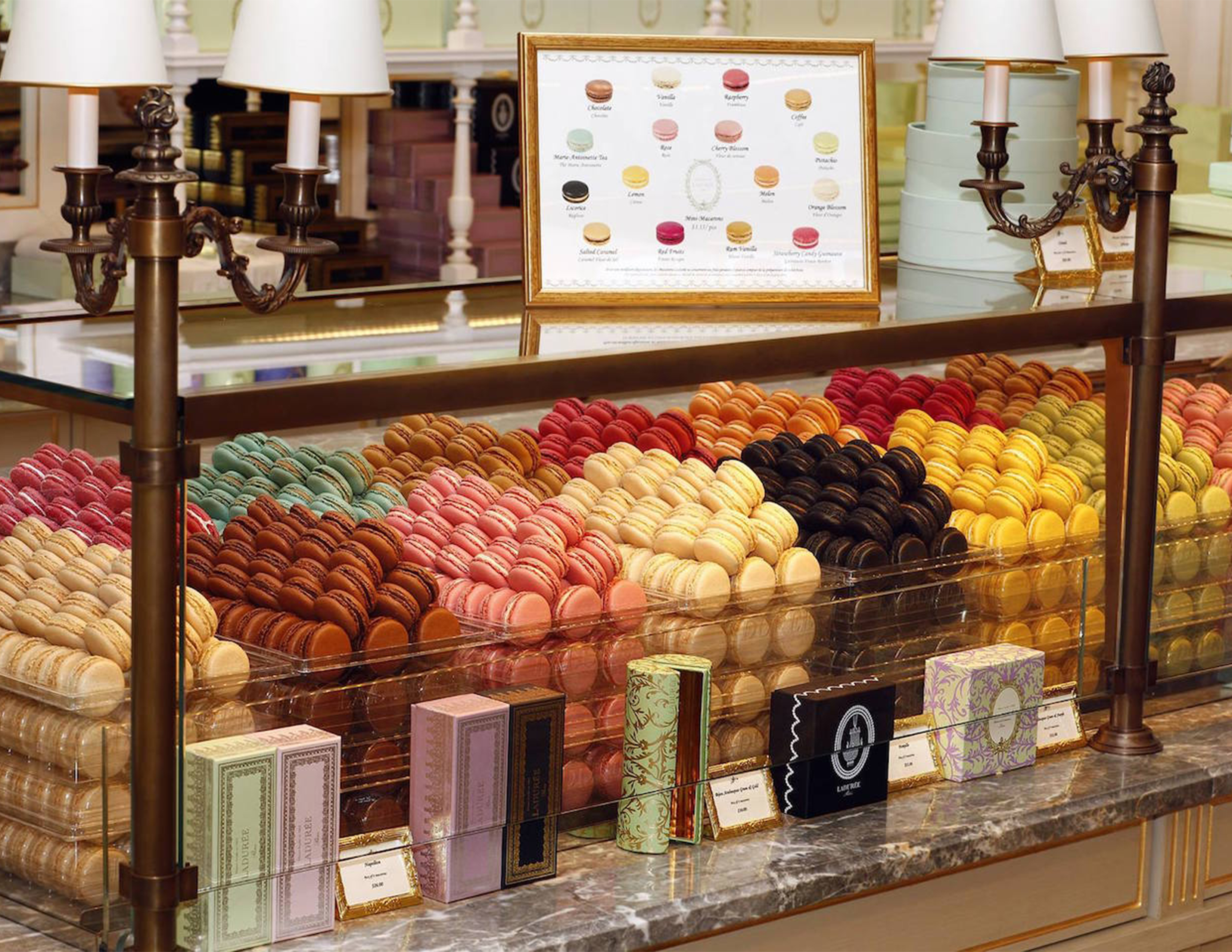
Touristy? Yes. But even so, it’s a must do. This is one of the most recognizable streets in the world, running from Place de la Concorde to the Arc de Triomphe. Along the way, pop into Laduree for macarons, another must do while in Paris.
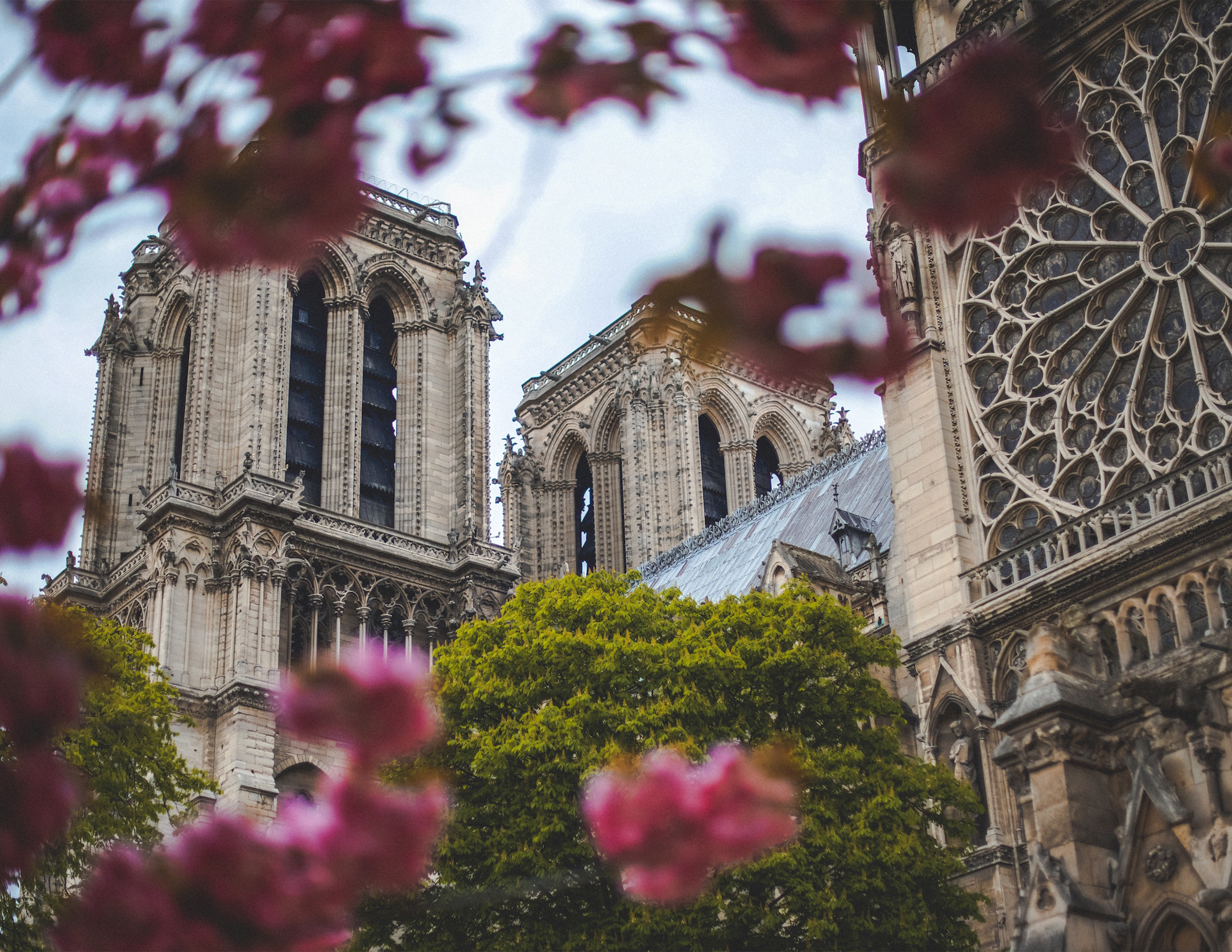
The Notre Dame Cathedral is one of the oldest and grandest cathedrals in the world. Step inside to see the nave and the stunning stained glass windows, but the highlight of a visit here is the gargoyle’s view over Paris from the top of the cathedral.
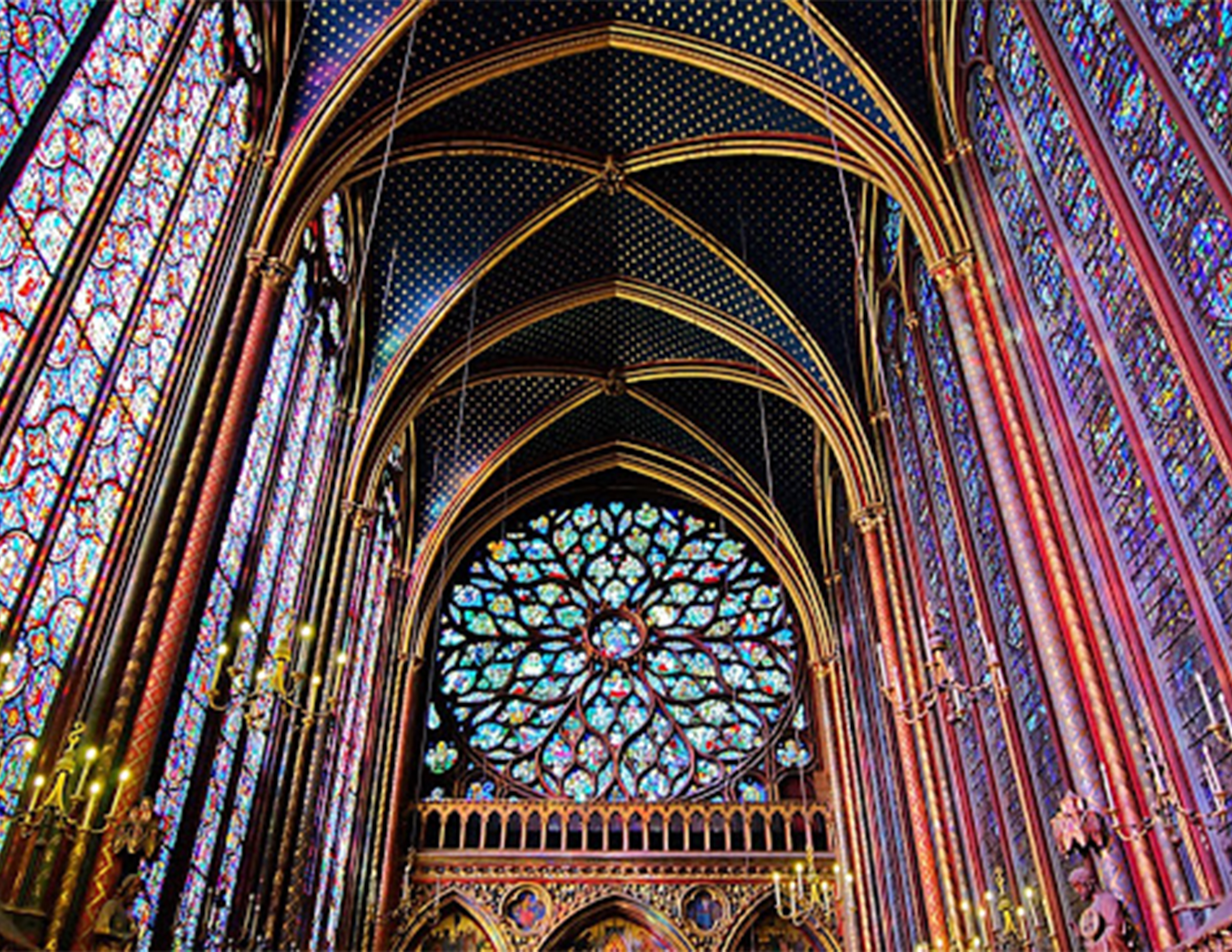
Just a short walk from Notre Dame is Sainte Chapelle, another gorgeous cathedral and one of the world’s best displays of stained glass. Lines to get into Sainte Chapelle are usually long, but it’s worth the wait.
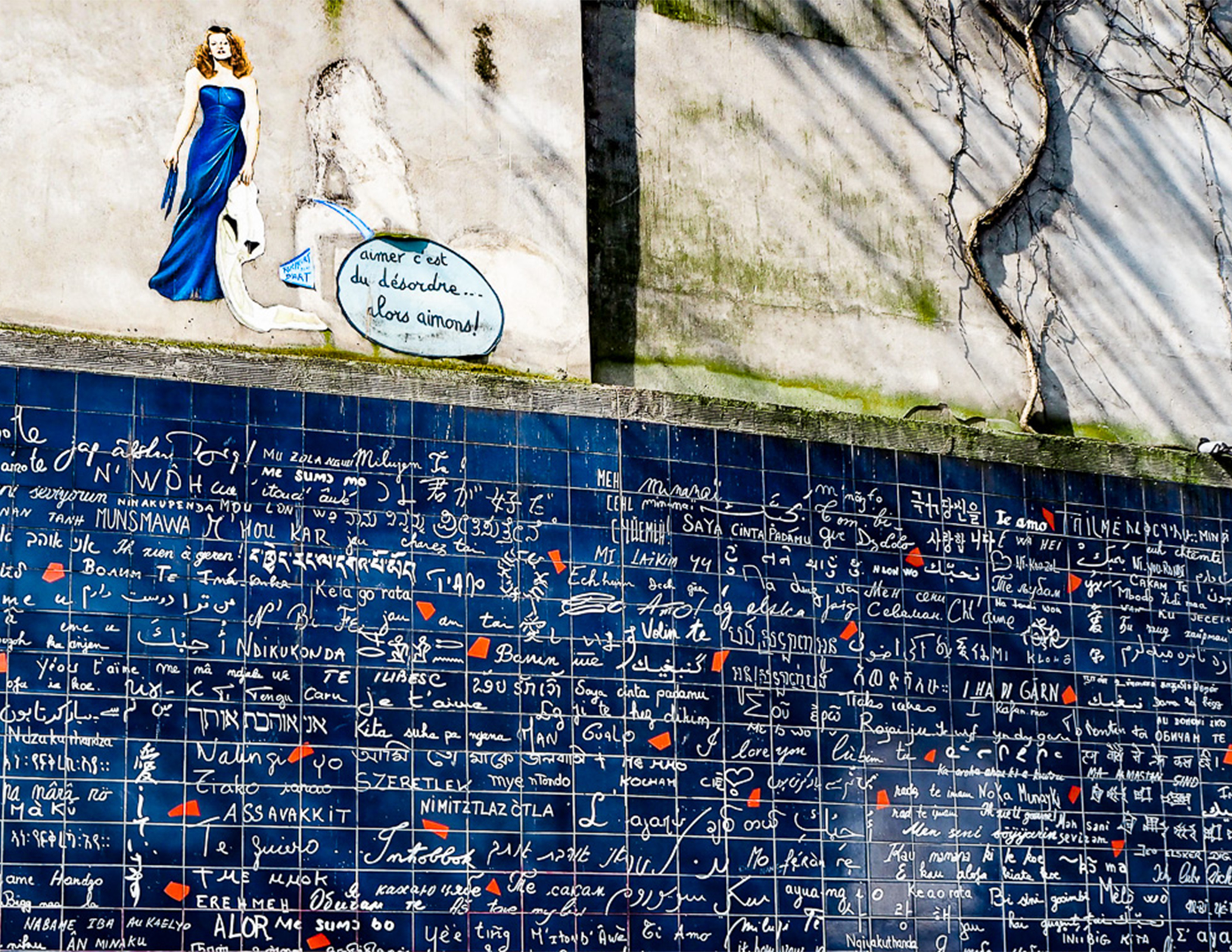
The Wall of Love, also called Le Mur des Je T’aime, is a large, blue wall where the words “I Love You” are written in 250 languages. It’s free to visit and worth a quick visit if you are in the area. It sits right next to the Abbesses metro stop.

Place de la Concorde is a large round-about that is sandwiched between Tuileries Garden and the Champs-Elysees. This famous square is full of French history. This was the spot during the French Revolution where King Louis XVI, Marie Antoinette and Robespierre were executed by guillotine.
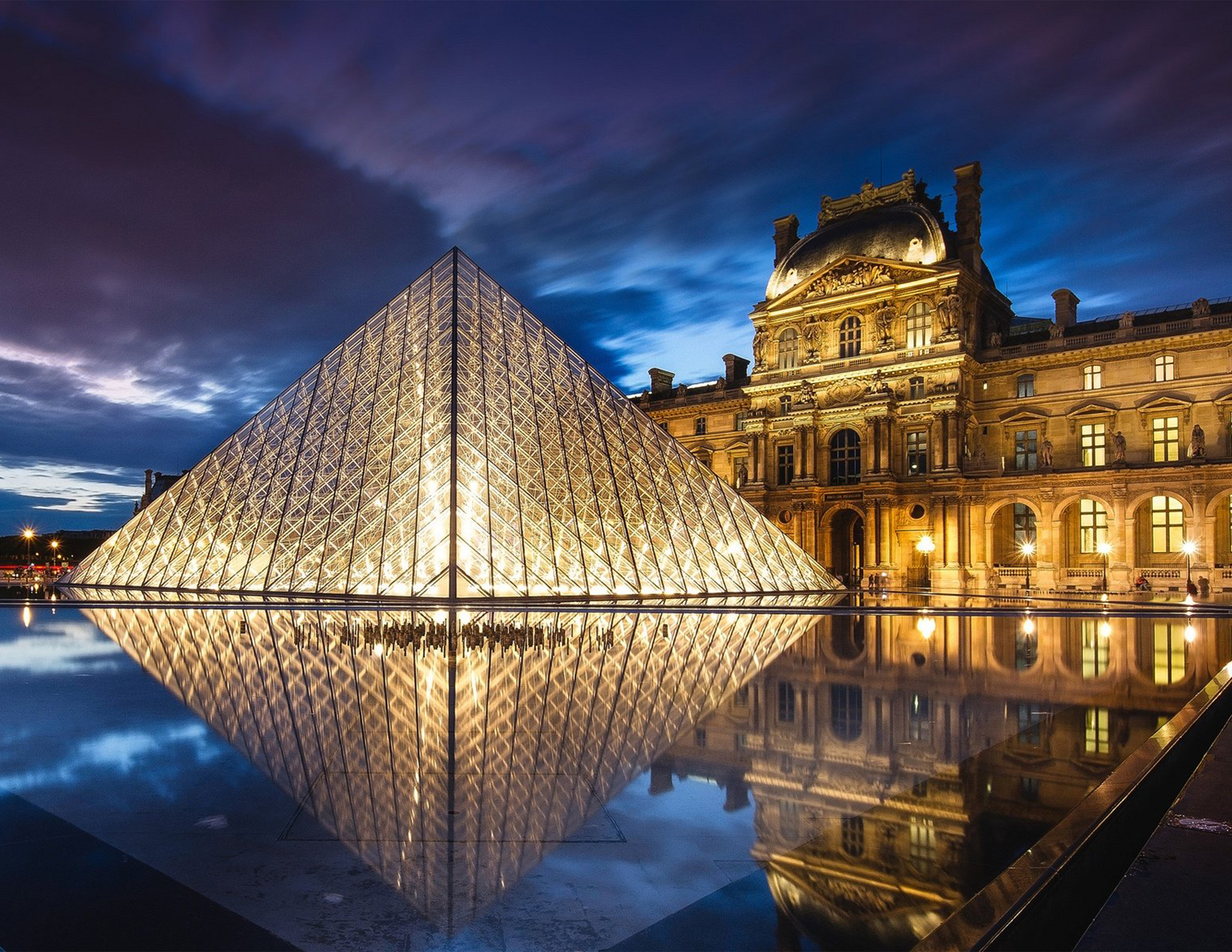
The Louvre is the world’s largest art museum. This building was once the home to French Kings, including Louis XIV. During the French Revolution in the 18th century, the Louvre was converted to a museum. The Louvre is massive and you could literally spend days here. However, you can see the highlights (Mona Lisa, Venus de Milo, and the Winged Victory) in just an hour or two.

Sitting at the top of the Champs-Elysees is the Arc de Triomphe. From the top of the Arc you get one of the best views of Paris. Look down the Champs-Elysees to the Louvre, out to La Defense, and over the rooftops to the Eiffel Tower. At night, you can watch Paris (and the Eiffel Tower) sparkle…quite the sight to see.

This is the largest modern art museum in Europe. It has an interesting design, with all of its plumbing and pipes located on the exterior of the museum, color-coded in vibrant colors. It’s definitely a unique sight to see. This is large museum and you could wander here for hours. From the top level of the museum you are treated to another wonderful view of Paris.

Musee d’Orsay houses the largest collection of Impressionist art in the world. It is here that you can see Monet, Manet, Degas, Cezanne, Renoir, Van Gogh, Gaugin and more. It’s literally a collection of the who’s who in the Impressionist art world. This museum is more than just Impressionist art. The building is also a work of art. Musee d’Orsay was once Gare d’Orsay, an old train station, which was renovated and became this art museum.
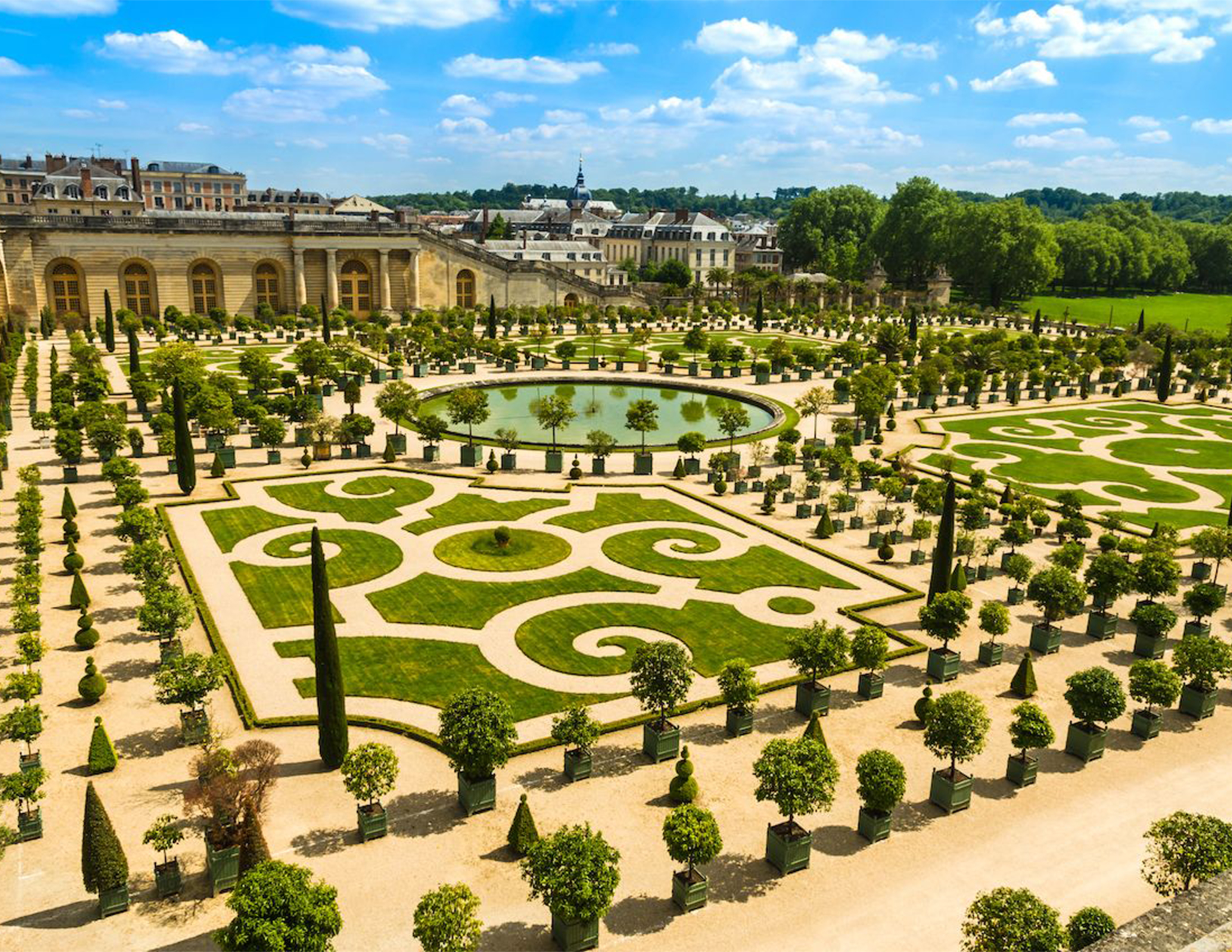
Versailles is a royal chateau located on the outskirts of Paris. In 1682, King Louis XIV moved the Royal Court from the Louvre to the Palace of Versailles. For a little more than 100 years, this was the seat of government for France. That ended in 1789 with the French Revolution. The monarchy moved back to Paris and since then, the city of Paris has remained the seat of government for France. During your visit to Versailles you will tour the palace and stroll through the gardens.

In 1862, Charles Garnier started the building of the famous Opéra de Paris, which would later on be given his name. However, he encountered a big issue: the building’s foundations were endangered by the swampy ground on which the architect planned to build. He then decided to build a concrete liner filled with water to block infiltrations. Inaccessible to the public, the 10,000-cubic-meter lake is today used by the scuba divers of the Paris fire brigade for their training